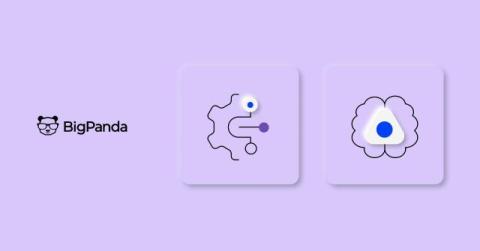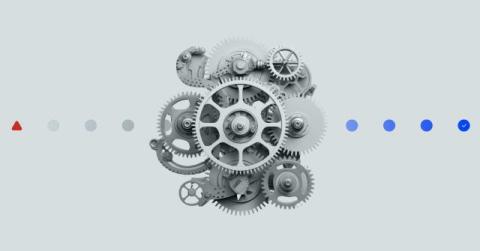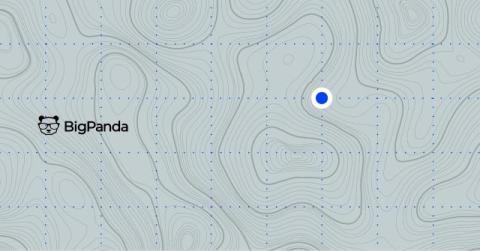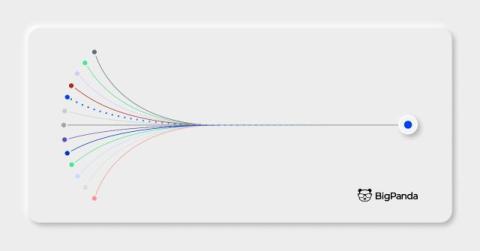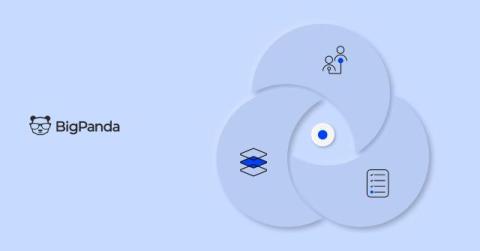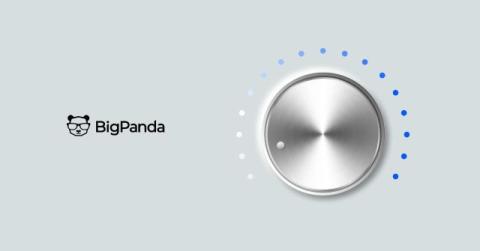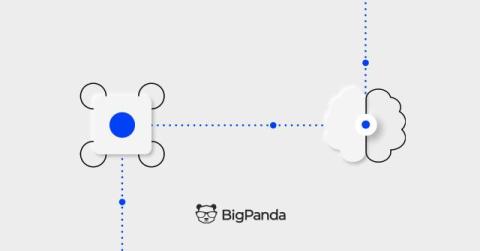Harness GenAI to enhance IT incident management
Advances in generative AI are rapidly transforming the IT operations landscape. According to Enterprise Strategy Group, 85% of organizations use or plan to deploy AI across many functional areas, including ITOps. AIOps platforms can apply advanced GenAI to quickly identify an incident’s root cause, impact, and recommend steps to resolution. When fed the correct information, AIOps gives IT teams immediate access to context-rich insights.


